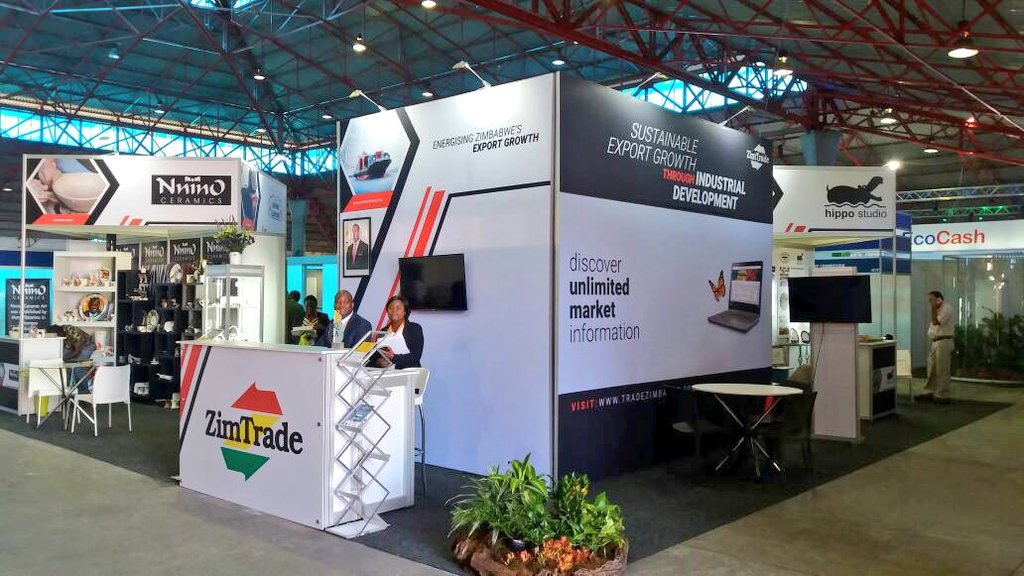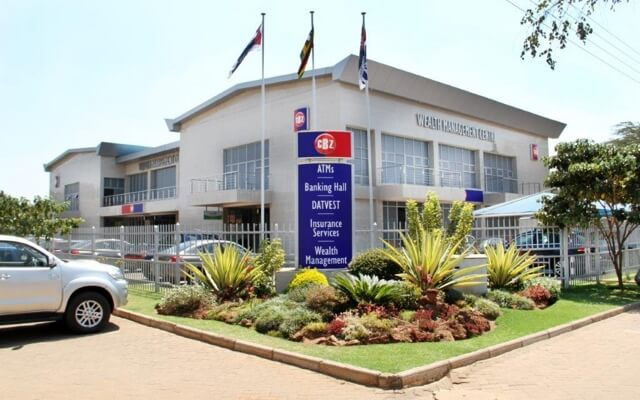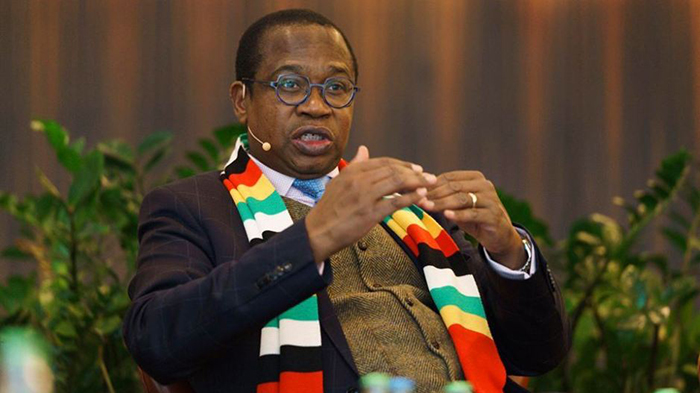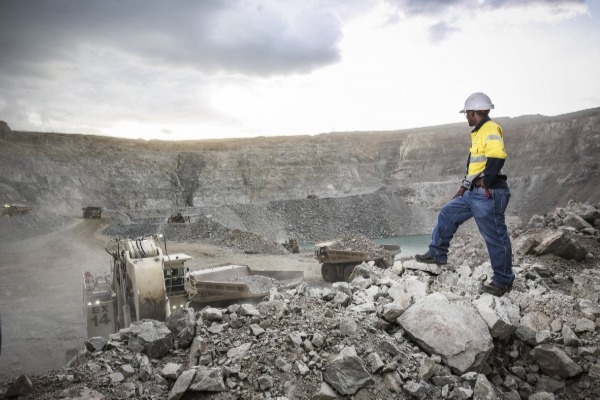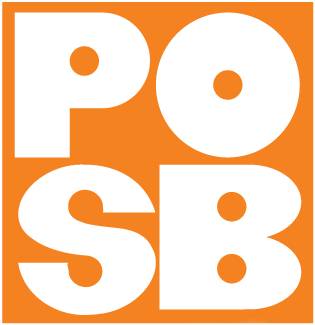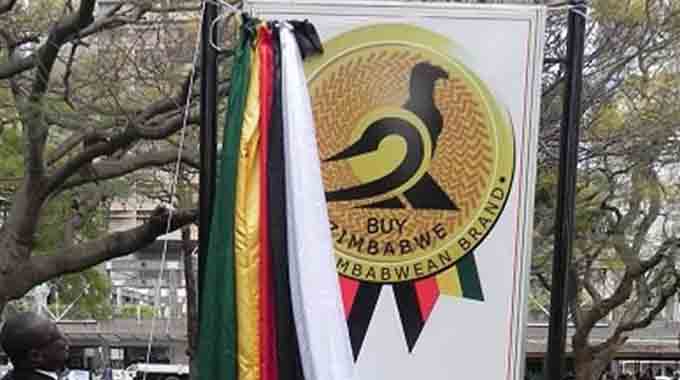Trade union makes application to place RioZim under corporate rescue
HARARE – The Zimbabwe Diamond & Allied Minerals Workers Union (ZIDAMWU) and other applicants have formally petitioned the High Court to place ZSE-listed company, RioZim Limited, under supervision and launch corporate rescue proceedings. This application underscores the critical financial and operational distress confronting RioZim, a major player in the country’s gold and mineral industries, and reflects broader efforts to preserve strategic national assets amid economic instability.
RioZim Limited, renowned for its gold mining operations and mineral processing facilities, is facing a dire financial reality. As of June 2024, the company reported negative equity of ZWG 149.2 million, coupled with substantial debts—approximately US$90million—including US$55 million owed to its subsidiary, RZM Murowa, and a US$30 million contingent liability arising from a complex legal dispute with a foreign liquidator. Furthermore, legal issues involving tax and pension payments have compounded the company’s precarious situation, prompting interventions aimed at restructuring rather than liquidation.
The application made on April 28, 2025, signals that RioZim’s current financial distress and operational decline threaten its long-term viability. The objective is to “rescue” the company by restructuring debts, stabilizing operations, and restoring confidence among investors and stakeholders, thereby avoiding liquidation — a scenario perceived as detrimental to national interests given the company’s strategic importance.
Operational and Financial Challenges Faced by RioZim in detail
The application details numerous operational and financial challenges that have precipitated the company’s current distress and necessitate the court’s intervention for a rescue.
Financial Challenges
Negative Equity and Insolvency: As of June 2024, RioZim reported a negative equity position of ZWG 149.2 million, indicating that liabilities significantly exceed assets. This dire financial state underscores the company’s insolvency and inability to meet its obligations.
Substantial Debt Burden: The company owes around US$55million to RZMMurowa, with additional contingent liabilities of US$30 million related to a legal dispute with a foreign liquidator. These liabilities are complex and suspicious in structure, requiring verification and restructuring.
Declining Net Losses and Production: Despite a 13% increase in gold prices in the first half of 2024, gold production plummeted from 417 kg to just 306 kg, indicating operational inefficiencies. Lower production levels, despite higher prices, result in reduced revenue and strain on cash flows.
Liquidity Constraints: The company’s current liabilities exceed current assets by ZWG 1,040.6 billion, reflecting severe liquidity issues. This imbalance curtails operational liquidity and ability to fund day-to-day expenses.
Tax and Legal Prosecutions: Ongoing criminal proceedings related to withholding VAT and pension remittances, along with unremitted statutory obligations amounting to US$5.54 million and ZWG 8.99 million, threaten to drain resources and impair credibility with regulators.
Electricity Disconnection and Payment Defaults: The Renco Mine has had its electricity supply cut off due to debt arrears of US$4.66 million, critically impacting production capacity and operational continuity.
Wage Payment Delays and Labour Disputes: The company owes US$5.6 million in accrued wages and salaries, and pending labour litigations indicate unrest and operational disruptions. These issues affect workforce morale and productivity.
Operational Constraints and Low Production: Despite increased gold prices, gold mineral assets are under care and maintenance, with production levels significantly below artisanal miners—highlighting operational inefficiencies and resource under-utilization.
Operational Challenges
Decline in Gold Output: Gold production declined sharply, from 417 kg to 306 kg within a year, despite favourable market prices. This decline points to operational inefficiencies, equipment issues, or resource depletion.
Asset Underutilization: Assets related to mineral processing and mining operations are not fully utilized, with some assets being placed under care and maintenance, limiting output and revenue generation.
Infrastructural and Energy Constraints: Priority investments in solar energy and refurbishment of mining infrastructure are required. Current power supply inconsistencies and outdated equipment hinder productivity.
Geological and Exploration Report Deficiencies: A lack of available geological reports impacts resource quantification and strategic planning, impeding efficient resource extraction.
Operational Governance Shortcomings: Challenges in organizational architecture, risk management, and operational culture hinder performance. The potential centralization of decision-making has been identified as a shortcoming that rescue efforts aim to address.
A central feature of the application is the nomination of two highly experienced corporate rescue practitioners, whose roles will be to oversee and facilitate the restructuring process. These practitioners are Wilson Tatenda Manase, a senior legal practitioner with forty years of legal experience, who has served on various prestigious boards and holds a testimonial from the Law Society of Zimbabwe and Knowledge Hofisi, a seasoned corporate revival expert credited with reviving multiple distressed companies, including David Whitehead Textiles Limited and Redwing Mining Company.
The application references provisions of Zimbabwe’s Insolvency Act, particularly sections 124(4), 125, and 121, outlining the grounds for rescue—primarily insolvency, liquidity constraints, and just and equitable reasons. It underscores the company’s inability to meet its financial obligations and its significant decline in operational performance, notably gold production, despite increased gold prices.
The court is being asked to supervise the process, appoint the nominated practitioners, and oversee stakeholder notification, which includes shareholders, creditors (whose liabilities amount to ZWG 1.239 billion or about US$90 million), employees, and other affected parties.
-finx



